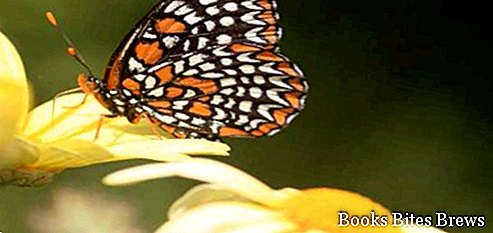How the various types of pollination work, in particular how the anemophilous and hydrogam, the types of pollen produced, peculiarities and differences take place.
Various types of pollination
Anemophilous pollination plants stand out for the production in large quantities of light and dry pollen, characteristics that allow them to remain suspended in the air without any problem.
There are animals with the task of transporting pollen, known by the name of pollinators.
Among the best pollen transporters are insects, mostly hymenoptera and butterflies, which feed on nectar, a sugar-based substance located at the bottom of the flower's calyx.
The pollinators are attracted to these flowers thanks to their intense perfume, the pleasant shapes and the bright ones that constitute an irresistible appeal.
To make their entrance into the calyx of the flower, the pollinators collide with the anthers which open accordingly and release the pollen.
The pollinators, in their wandering from flower to flower, carry the pollen which, in most cases, will settle on the stigmas of the pistils.
Hydrogam pollinated plants instead produce a large amount of pollen, well wrapped in special membranes that are very resistant to the action of water.




